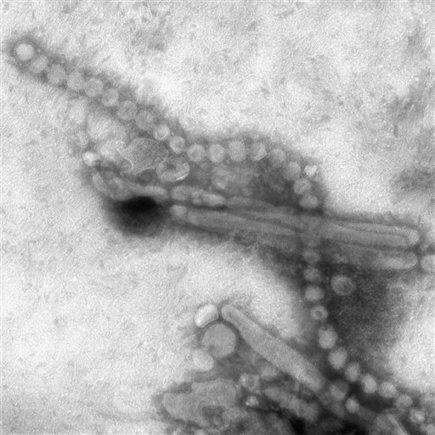Infection with influenza virus leads to significant morbidity and mortality. Annual vaccination may prevent subsequent disease by inducing neutralizing antibodies to currently circulating strains in the human population. To escape this antibody response, influenza A viruses undergo continuous genetic variation as they replicate, enabling viruses with advantageous antigenic mutations to spread and cause disease in naïve or previously immune or vaccinated individuals. To date, the 2009 pandemic virus (A(H1N1)pdm09) has not undergone significant antigenic drift, with the result that the vaccine remains well-matched and should provide good protection to A(H1N1)pdm09 circulating viruses. In this study, we induced antigenic drift in an A(H1N1)pdm09 virus in the ferret model. A single amino acid mutation emerged in the dominant surface glycoprotein, hemagglutinin, which had a multifaceted effect, altering both antigenicity and virus receptor specificity. The mutant virus could not be isolated using routine cell culture methods without the virus acquiring additional amino acid changes, yet was fit in vivo. The implications for surveillance of circulating influenza virus are significant as current assays commonly used to assess vaccine mismatch, as well as to produce isolates for vaccine manufacture, are biased against identification of viruses containing only this mutation.
Influenza virus graphic by Russell Kightley Media



 Your new post is loading...
Your new post is loading...









There is a rather disturbing result in this paper: that is, that the mutation in the H1N1 HA that emerged in serial ferret transfers that was responsible for antigenic drift, resulted in a virus that could NOT be cultured by routine methods despite being quite happy in ferrets. In fact, adapting the virus to culture meant it accumulated MORE mutations, meaning the thing they got out by "current assays" was NOT the same thing that was causing disease.
This is worrying for a number of reasons, not least of which is that informed decisions on probable vaccine efficacy are made as a result of such assays - and the vaccines themselves, in some cases. And if what these decisions are based on is incorrect...?
Time for some better science here, people - like next-gen sequencing rather than isolation as a measure of what is causing disease!